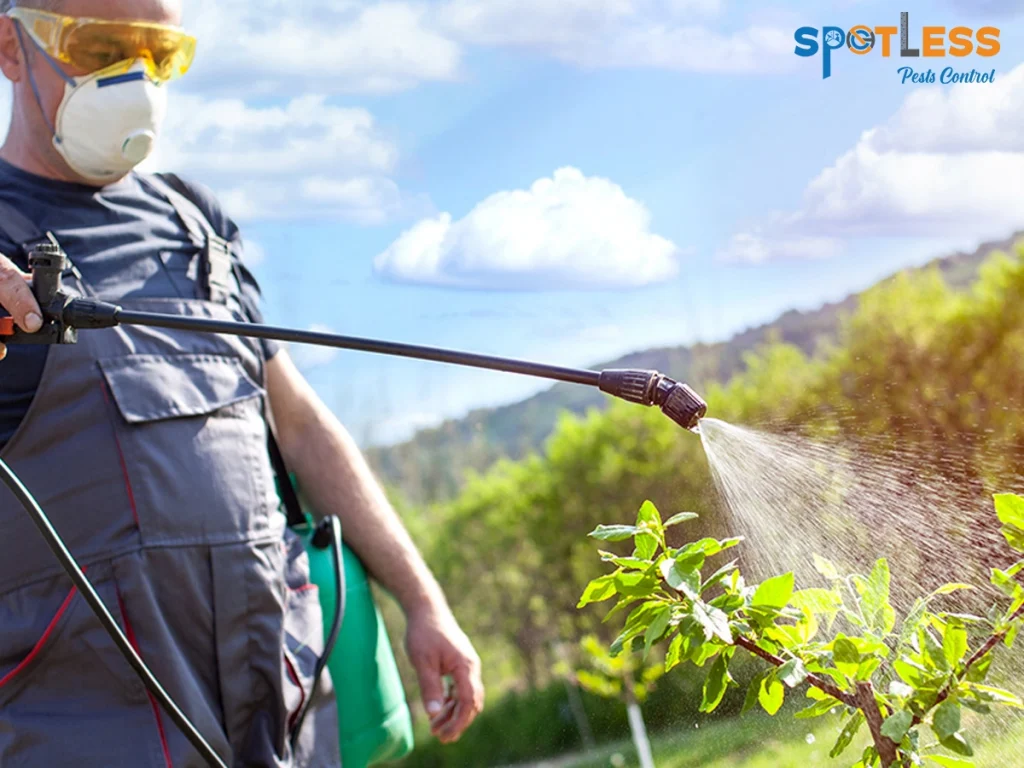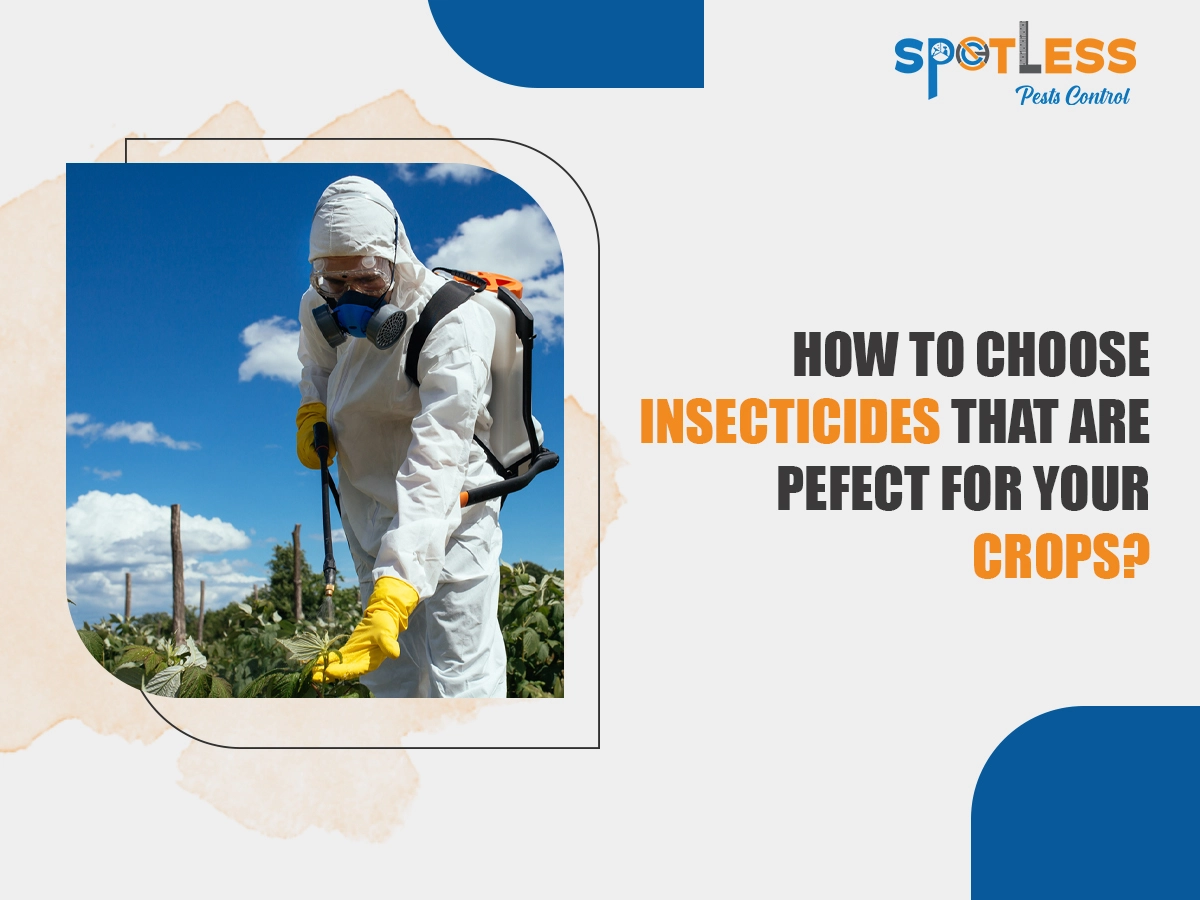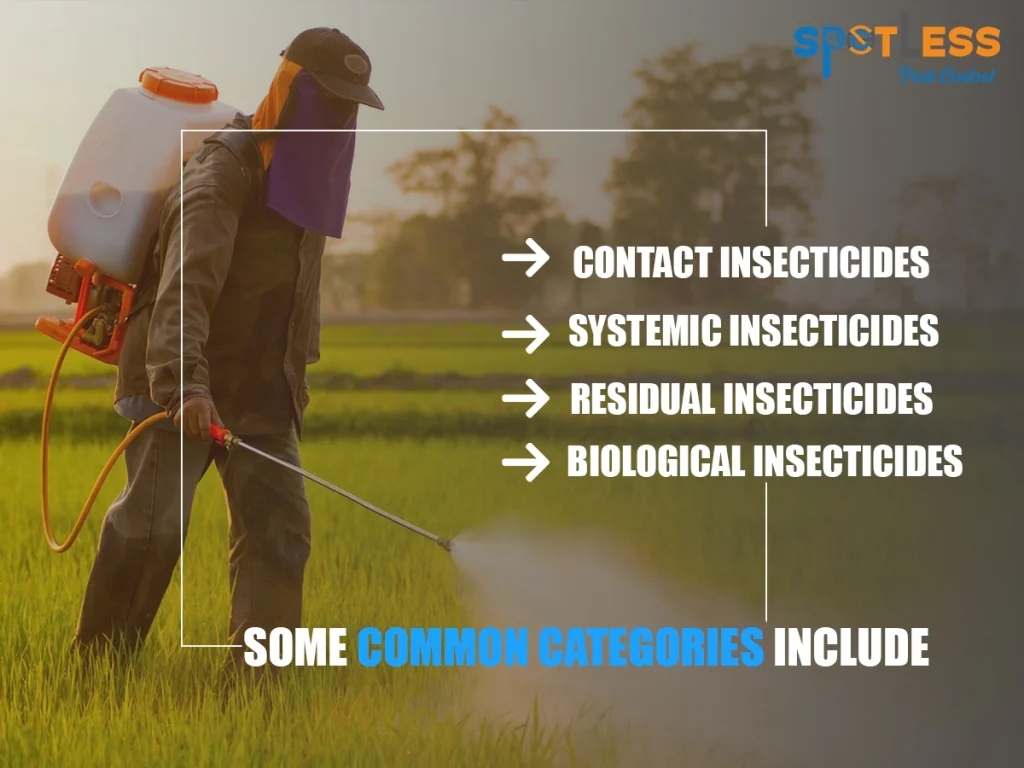How To Choose Insecticides That Are Perfect For Your Crops?
Insecticides are particular kinds of chemical substances used to mitigate pests or insects. They play an integral role in pest management, helping enhance crop yield by preventing insect-borne diseases.
They are formulated to target specific pests or a wide range of insect species based on the type of crops. So let’s help you understand the various kinds of insecticides available in the market and how to choose the right type for your crop.
What Are The Types Of Insecticides Available?
There are different types of insecticides, each with its mode of action and properties. We have listed some of the most common categories that primarily include:
Contact Insecticides
These insecticides are applied directly to the insects or their habitat and kill pests upon contact. They primarily disrupt the insect’s nervous system, leading to paralysis or death.
One thing to consider is that even though contact insecticides have immediate effects, they may require reapplication based on the severity of pest infestation.
Systemic Insecticides
This type of insecticide is absorbed by plants and transported throughout their tissues. When insects feed on the treated plants, they ingest the insecticide, resulting in their poisoning or death.
Compared to the previous one, Systemic insecticides can provide longer-lasting control and are especially effective against pests that suck plant sap or feed on plant tissues.
Residual Insecticides
They are designed to leave a long-lasting toxic residue on surfaces where pests may come into contact. So this ensures extended protection by killing insects even after the initial application.
Residual insecticides are often used indoors and outdoors to control pests like ants, cockroaches, and mosquitoes.
How To Tackle Garden Pest Control in An Easy & Effective Way?
Biological Insecticides
As the name suggests, they control pests using living organisms, for instance, bacteria, fungi, or viruses. These insecticides target specific problems and are often considered environmentally friendly because they have minimal impact on non-target organisms.
Biological insecticides are most commonly used in organic farming and integrated pest management programs.
Selective Insecticides
They target specific insect species while minimising harm to beneficial insects or other non-target organisms. They work effectively to help preserve natural predators and pollinators while effectively controlling pest populations.
Selective insecticides are commonly used in integrated pest management strategies.
Pyrethroids
It belongs to a class of synthetic insecticides chemically akin to the natural insecticide pyrethrin, derived from the chrysanthemum flower.
Pyrethroids are widely used for their effectiveness against insects, including mosquitoes, flies, ants, and fleas. They target insects’ nervous systems, leading to paralysis and death.
Organophosphates
They are a class of insecticides that contain compounds derived from phosphoric acid. They are known for their broad-spectrum activity against various insects and pests.
Organophosphates inhibit the enzyme acetylcholinesterase, which disrupts the normal functioning of the nervous system in insects, ultimately leading to their death. Some examples of organophosphates include malathion, chlorpyrifos, and diazinon.
Carbamates
They are another class of synthetic insecticides that also target the nervous system of insects. They slow down the activity of acetylcholinesterase, similar to organophosphates.
Carbamates are effective against many pests, including aphids, beetles, and mites. Examples of carbamates include carbaryl and propoxur.
Neonicotinoids
They are a group of insecticides that act on the nervous system of insects by binding to specific receptors. They are systemic insecticides, meaning they are taken up by the plant and transported to various parts, including leaves, stems, and flowers.
Neonicotinoids are commonly used to protect crops from pests, including aphids, whiteflies, and beetles. However, their use has raised concerns regarding their potential impact on non-target organisms, including bees.
Botanical Insecticides
They are derived from natural sources, such as plants, and contain active insecticidal compounds. Examples primarily include pyrethrin, derived from chrysanthemum flowers, and rotenone, derived from the roots of certain plants.
Botanical insecticides are often considered a more environmentally friendly alternative to synthetic insecticides, as they generally have lower toxicity to humans and non-target organisms.
Final Words
It’s important to note that each insecticide category has its characteristics, efficacy, and potential environmental impacts.
Proper usage, following label instructions, and adhering to regulatory guidelines are essential for safe and effective insecticide application. Additionally, integrated pest management (IPM) practices promote using a combination of pest control methods, including insecticides, for sustainable pest management.
Integrated pest management practices, which combine multiple pest control methods, including insecticides, will help you promote sustainable and effective pest management while minimising all environmental and human health risks.
For any further queries regarding pest control, do get in touch with Spotless Pest Control today!





